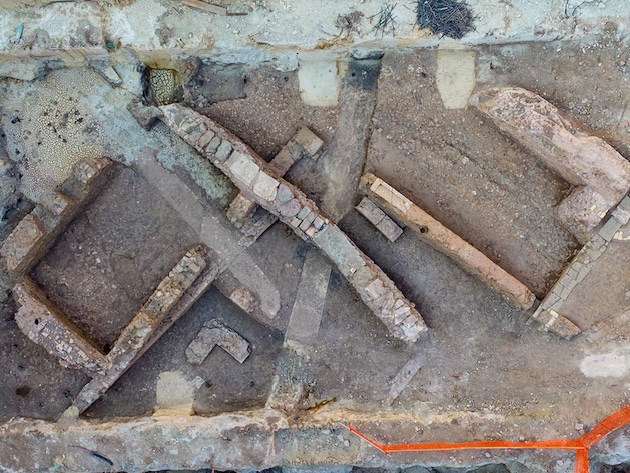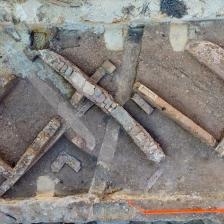
Roman and medieval structures have been discovered at the construction site for the Piazza Venezia station on the Metro C line. The work, under the scientific direction of the Special Superintendency of Rome, is proceeding without delay compared to the scheduled schedule.
In particular, evidence has emerged from the late Republican and early Imperial Roman periods of a multi-story complex, likely serving both residential and commercial purposes. Its typology can be traced back to insulæ, the residences of the lower classes of Imperial Rome. These ancient structures were located near the beginning of the ancient via Flaminia, the medieval route of which has been discovered. In this phase, the road was no longer made of paving stones, which were likely located at a lower level, but of various layers of beaten earth, which were superimposed over time when the previous layer had deteriorated. Also dating back to the Middle Ages are several calcareni, simple kilns for transforming marble into quicklime, also located on the edge of the Flaminia to facilitate the transportation of blocks of mineral.
All the following constructions over the centuries, including the modern buildings demolished to widen Piazza Venezia between the 19th and 20th centuries, have incorporated the earlier structures, creating a complex of difficult interpretation. Only continued excavation, analysis, and study of the finds will allow for a complete picture of the findings, including their future relocation.
 Condividi
Condividi












































